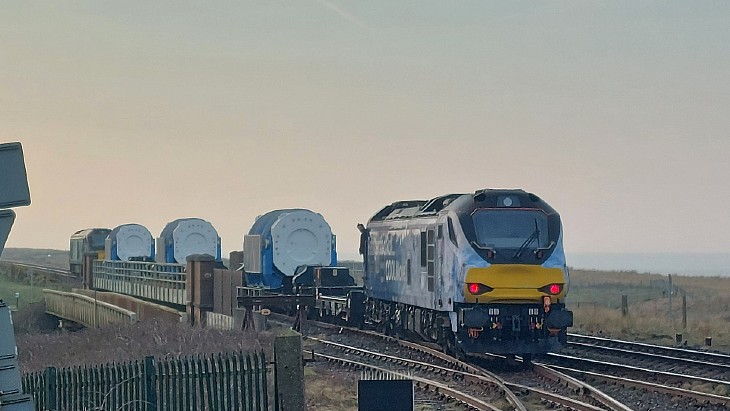Westinghouse to decommission US prototype reactor
.jpg)
The SM-1A - a single-loop, 20.2 MW (thermal) pressurised water reactor - is located near Delta Junction on the Fort Greely Military Reservation in central Alaska, 225 miles northeast of Anchorage. Based on a prototype for stationary medium-power plants built at Fort Belvoir, Virginia, the reactor was designed as a test facility for this type of equipment in an arctic environment. While its primary mission was to supply electrical power and heating steam for utility systems at Fort Greely, it had a secondary mission to study the economics of operating a nuclear-type electrical plant compared with conventional oil-fired systems in a remote area where fuel costs are high and supply lines unusually long.
Construction of the reactor, which used highly-enriched uranium oxide fuel clad in stainless steel, began in 1958, and first criticality was achieved in March 1962. Following its final shutdown in 1972, the reactor was prepared for safe storage, or 'safstor'. This involved the removal of nuclear fuel, minor decontamination, shipment of pre-packaged radioactive waste, encasing some reactor components in concrete and grout, sealing the pressure vessel, and installing warning signs and monitoring devices. Some areas were maintained as restricted areas for radiation safety considerations.
In mid-2021, the USACE with the Alaska State Office and other parties finalised an agreement on how to preserve the history of a mothballed reactor. The USACE announced it intended to complete the decommissioning and dismantlement of SM-1A so the site can be released for unrestricted use. It said it expected to issue a Request for Proposals (RFP) for the decommissioning and dismantlement work later that year.
The US Army Corps of Engineers, Baltimore District, has now awarded a contract to Westinghouse Government Services of South Carolina for the decommissioning, dismantling and disposal work. Decommissioning includes the removal of all reactor components; transportation and disposal of material; site cleanup; and restoration.
Workers are expected to begin mobilising in the next year, and the work is anticipated to take approximately six years to complete.
"The Corps of Engineers has worked diligently to award the contract for this very complex and challenging project," said Baltimore District Commander Colonel Estee Pinchasin. "Our radiological experts have safely executed projects like this in the past, and our team of trained professionals will use proven techniques, precautions and engineering controls to prioritize and ensure the continued safety of our workers, installation community and public."
SM-1A is one of three deactivated US Army nuclear plants for which USACE is responsible. The others are the MH-1A, which was installed on the former World War II Liberty ship Sturgis to become the world's first floating nuclear power plant, and SM-1 in Virginia. Decommissioning of MH-1A was completed in 2019; decommissioning of SM-1 is under way with completion expected in 2025.
_17992.jpg)
_75800.jpg)








_50521.jpg)

